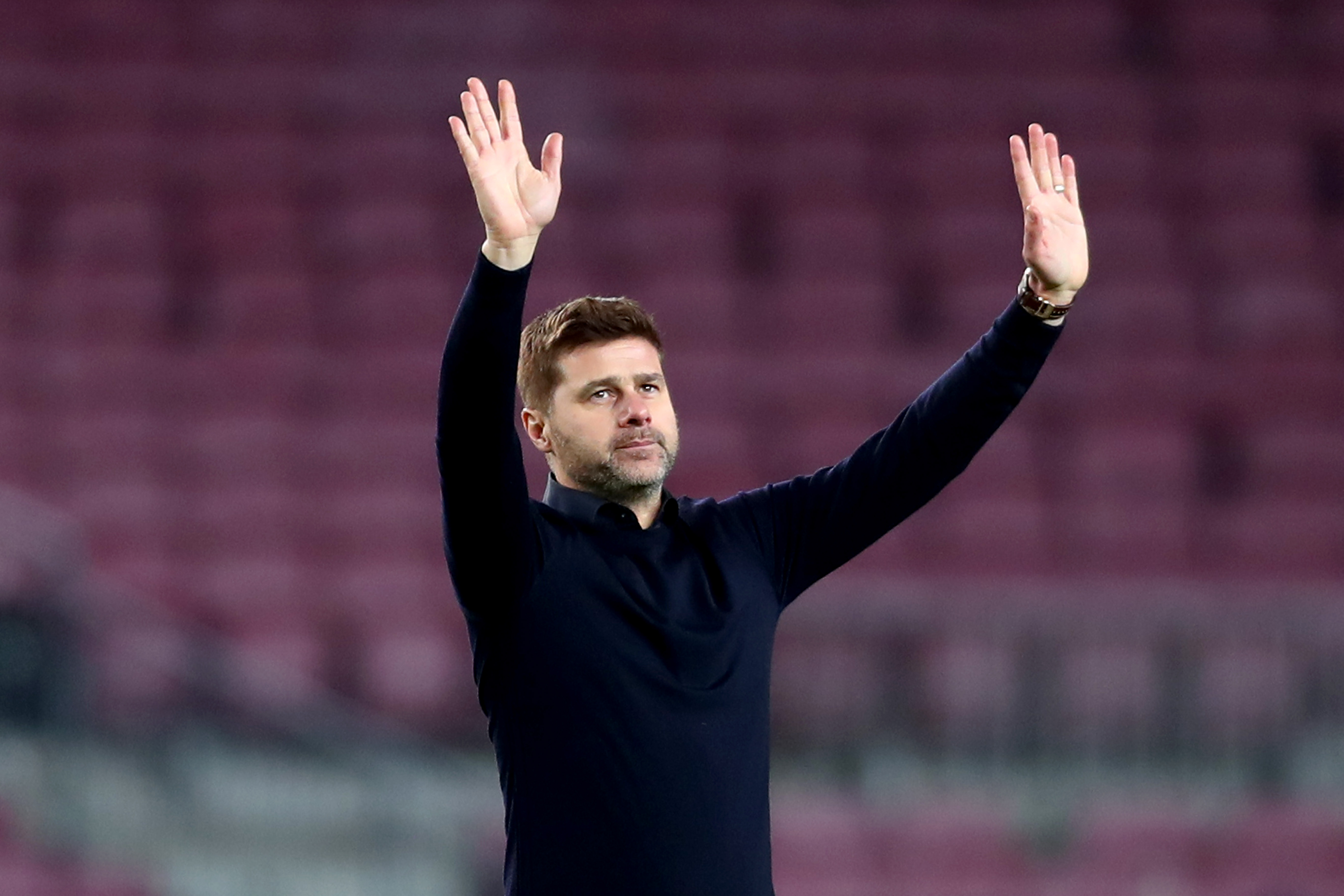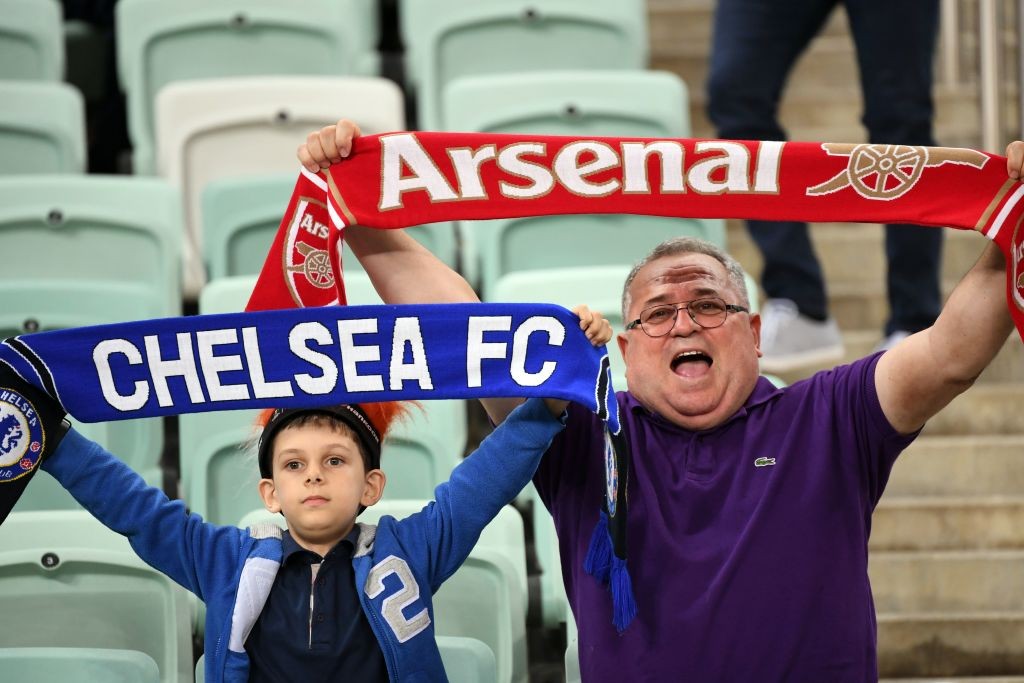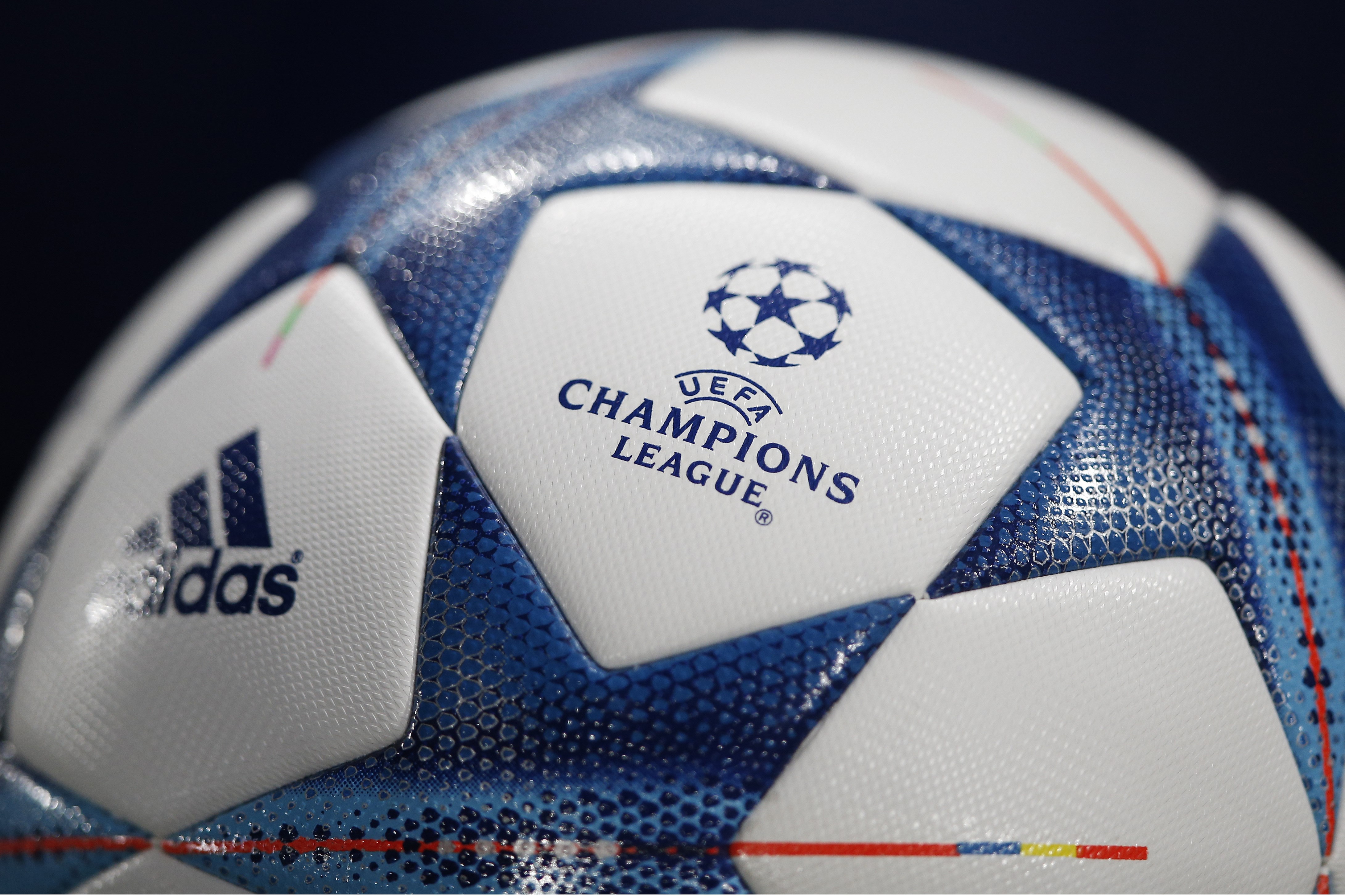Like most things in life today, football is progressing at an eyewatering pace; a pace that makes even open-minded millennials pine for the good old days when things weren’t so fast and shouty
As managerial shelf-lives plummet, games are consumed in GIFs, and transfer fees approach NATO budgets, one can’t help but sink into the armchair with an atavistic sigh.
With each link to this footballing past that disappears, today’s glossy and stratified game brings itself into sharper focus. Never has that link been stronger, never has that focus been sharper than when Francesco Totti called time on his generations-spanning Roma career this past weekend.
Totti is a walking-talking-kicking-celebrating anachronism, a man both displaced in time and timeless. Spending a quarter of a century with one club, excelling in some attacking positions and inventing others anew, transforming from national scapegoat to national treasure, and drawing applause from fans local, global, and rival – Totti’s story contains both glorious clichés and heartening deviations from the norm. Let’s delve into how a cherubic 16-year-old turned into The King of Rome turned into The King of Italy.
La Famiglia
Familial roots are the bedrock upon which Totti’s Roman church was built. A seventh-generation Roman, he was a precocious footballer ever since he was four, famously giving boys twice his age the runaround on a beach while on holiday.

Thereon in, Totti’s mother Fiorella shaped his early life: raising him Catholic, watching over his studies, taking him to training till he was 13, and keeping him well-behaved overall. Growing up in a working-class neighborhood off Rome’s city center, it’s easy to imagine Totti lost in the cramped, circuitous streets without his mother’s guiding hand
“I wasn’t the best at school but I always paid attention and was well behaved, because of Mama.” – Francesco Totti.
Totti’s family also played a critical role in his choice of club. With tongues wagging about Rome’s brightest prospect in years, Juventus, Milan, and even Lazio were interested. Totti’s family had been Giallorossi for eons and were having none of it. Fiorella marched up to Gildo Giannini, Roma’s youth-in-charge, and demanded that they take her son. Giannini had already seen the kid in action and didn’t need much convincing.
Totti rose unfettered through the youth ranks, impressing each coach and fellow player along the way. A few months later, head coach Boskov handed an open-mouthed teenager his Roma debut against Brescia with five minutes to go. And over the next two years, Totti got further guidance from extended and adopted family.
The first influence was Carlo Mazzone, Roma first-team coach and all-round father figure to Francesco. He gave Totti game-time in spurts, always shielding him from the public eye and always keeping his nose to the ground.
When Totti was awarded man of the match against Sampdoria in 1994, Mazzone silently gestured his protégé to head towards the showers and spoke to the media on his behalf.
“I gave my staff a hard-nosed order: woe betide anyone who puts out the word that this Totti is so good. We all know what Rome is like, don’t we? I didn’t want anyone to ruin his development.” – Carlo Mazzone.
Alongside avuncular Mazzone was an adopted Roma big brother, Giuseppe Giannini. Son of the man who signed Totti, Giuseppe was Roma’s No.10 and lynchpin in attack. The star quickly took Totti under his wing, being his roommate, monitoring his progress, and even relaying said progress back to his ever-present mother. Little did Giuseppe know that his mentee would inherit his shirt number and form an irreplaceable connection with it.
Throughout Totti’s years at Roma, as he created and scored and won (scant trophies but a million hearts), he would look back in gratitude at the firm but loving hands that had steered him on the correct path.
A red-and-gold chameleon
Totti has reinvented himself ad infinitum over the course of his Roma career. His first extended purple patch came under Zdenek Zeman, who gave him both the No.10 shirt and club captaincy at the supple age of 22.
Zeman deployed Totti not as a traditional No.10 but on the left of a zonal front three, allowing Totti to cut inside frequently and escape the constant opposition attention that would have been afforded to him had he played No.10. He responded to Zeman’s tactical tweak emphatically, scoring 30 goals and making 26 assists in two seasons as Roma finished fourth and fifth respectively.
“He never complained about the position, because where I played him he was more in the action.” – Zdenek Zeman.
Totti continued in this vein under Fabio Capello, forming a telepathic partnership with Gabriel Batistuta and Vincenzo Montella as the trio scored 47 goals between them in 2000-01. Roma won the Serie A – their third, and their first in 18 years – and a 23-year-old Totti was voted footballer of the year.

Fast forward many years, and Totti shone in a completely different position under Luciano Spalleti. Originally necessitated out of an injury crisis, Totti played centre-forward against Sampdoria and gave the position his own spin. Instead of operating as a traditional beanpole targetman, Totti roamed the pitch, dropped deeper alongside midfielders to pick up the ball, and sent opposition defenders into a tizzy.
Years before Messi’s switch brought the footballing world to its knees, Totti had been reborn as a false nine. He scored 15 goals before an ankle injury ended his season, but the template had been set.
In 2006-07, after a memorable World Cup campaign, Totti soared to new heights by winning the European Golden Boot, scoring 32 goals, and making 15 assists as league runners-up Roma won the Copa Italia. He repeated this template season after season, with around half of his 300 Roma goals coming after he turned 30.
His adaptability and longevity was such that when Zeman came back to the club for a second managerial stint, Totti played as a left-sided attacker in 2012-13 at the age of 36!
A man of the fans
As Roma’s match against Genoa wound down this past Sunday, there wasn’t a dry eye in the house. Roma needed to win the game to stay second – and they did – but that was always secondary. Banners of devotion and deification festooned the entire stadium, planes with messages of thanks flew overhead, placards with Totti’s now-immortal shirt number were waved with both grief and gusto. This was a universally loved player hanging up his boots. But it wasn’t always this way.
Over the years, Totti’s relationship with the fans has been hit and miss. After Scudetto success under Capello, the manager’s ego clashed with that of his star player, and often descended into internecine warfare with fans picking sides.
In the middle of the 2003-04 campaign, Capello publicly blasted Totti for his sub-par work rate (something the player struggled with throughout his career), which was picked up and circulated by the media and further deepened the rupture among the supporters.
“Here, you have to decide whether you’re a Totti fan or a Roma fan.” – Fabio Capello.
A few years later, after a stellar World Cup campaign in which Totti played all games, finished with the highest assists, and scored the winning penalty in the last 16 match with Australia, he was still met with a mixed reception back home amidst accusations of not being fully fit.
Even among recent accusations of retirement being imposed upon Totti – who wants to keep on playing – there are fan groups who think he’s past his best but would still begrudge him moving to a lower club.
These instances of friction are very much in the minority, however. With each passing season, Totti earned the respect of more fans from rival clubs: fans who are jealous of his explicitly partisan love for and unwavering loyalty to his hometown.
When Totti came on against Chievo this season, both home and away fans united in applause. After the game, Totti got a plaque that read: “True champions don’t have just one shirt. True champions belong to everybody.”
Banners have been appearing with clockwork regularity at away grounds this season. The Milan end at San Siro read: “Paying homage to our rival Francesco Totti.”. Amazingly, there was even one from Lazio’s biggest group of Ultras, that read: “Enemies of a lifetime salute Francesco Totti.”
Why have supporters risen as one to respond to Totti in such a way? We think it’s because Totti has always kept his relationship with Roma and the Roma supporters center of frame in his footballing career. For a team sport, football has rarely had such an individualistic streak as it is having today.

With the Ballon d’Or replacing club trophies as the pinnacle of achievement, with troll pages and player-based rivalries setting internet forums ablaze, with players turning their cameras inward to capture their own emotions instead of turning their eyes outward to capture the emotions of others, so much of the discourse around our favorite sport is changing before our very eyes. As Totti retires, another thing changes.
He was not of the selfie generation, but a gunslinger wedded only to his red-and-gold firearm for life. As he walks into the sunset, his dusty, time-worn cape dragging behind him, it’s worth remembering this: the one time Totti did take a selfie, after scoring in his 40th appearance in the Rome derby, he stood in front of the Roma stands and Roma fans. Even when Totti turned the camera inward, the fans were always with him.



